BIRS workshop "Phase-Field models of Fracture"
A proposal for a week-long workshop on “Phase-Field models of Fracture” to be held at the Banff International Research Station, March 3-8, 2019 has been approved. The co-organizers are Laura De Lorenzis (Technische Universität Braunschweig, Germany), and Masato Kimura (Kanazawa University, Japan).
Phase-field models of fracture were originally devised in the mathematics community as numerical approximation of the variational theories of brittle fracture, based on revisiting Griffith’s theory from the 1920’s with modern mathematical tools. The underlying idea of these models is to represent cracks –two-dimensional surfaces in three dimensions and curves in two dimensions– using a smooth auxiliary “phase-field” diffused over a small regularization length. Part of their appeal is that their deep theoretical roots can be leveraged to address many of the most pressing challenges in fracture mechanics including crack path identification, crack nucleation prediction, and the need for efficient three-dimensional numerical simulations. As such, they have seen an explosive growth in the last few years, in particular in the mechanics and engineering communities. As the community of users and the range of applications have gotten larger, it has become increasingly difficult to ensure proper communication between key players from the mathematics and applications communities.
This workshop brings together a broad multi-disciplinary group from academia and the industry at various stage of their career. The make-up of the organization committee is meant to reflect the diversity of viewpoints expected, with organizers from the applied mathematics, theoretical mechanics, and computational science communities, originating from three continents. The objectives of the workshop are manifold: It seeks to restore proper communication between the communities involved by informing each other of the key success and challenges. It will tackle a new class of inverse problems arising from optimal design of materials and structures or materials characterization, for instance. Finally, it will allow a candid comparison of recently developed numerical approaches, and the elaboration of benchmark problems.
NEWS
news
